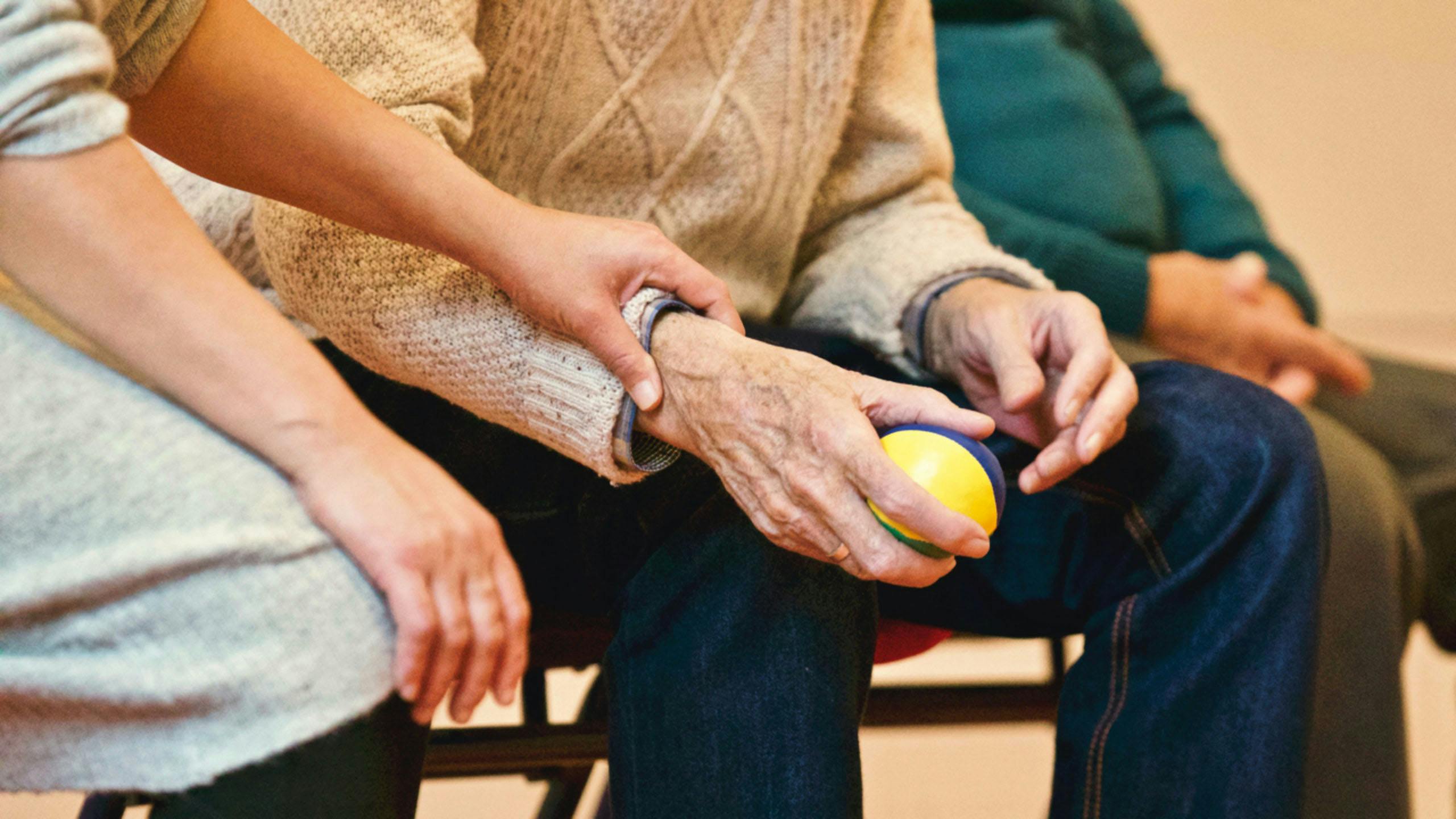
The United State’s National Council on Aging (NCOA) keeps detailed statistics on all things relating to our elderly population. As seen on the NCOA’s website, falls are the leading cause of injury for the United State’s elderly population. They have also found and stated that an elderly patient is treated for a fall once every 11 seconds, that a senior citizen passes away as the result of a fall every 19 seconds, and that a quarter of people ages 65 and up takes a fall at least once a year. Their website states that
Falls are the leading cause of fatal and non-fatal injuries for older Americans. Falls threaten seniors’ safety and independence and generate enormous economic and personal costs.
A fall is a scary and potentially harmful experience, both physically and mentally. Whether or not a fall results in a serious injury, the experience can leave an elderly individual feeling vulnerable, shaken, and afraid to perform regular, autonomous behaviors.
Chair alarms for elderly individuals are one way that families and caretakers can take definitive action toward fall prevention. They are intended to decrease the chances of an accidental fall for senior citizens who are more likely to take an accidental tumble, thus keeping those who have a higher risk of falling safe.
Whether you are a nurse, caretaker, or assistant for an elderly patient, the child of a parent who has a high fall risk, or an individual who has taken a fall themselves, you may have wondered if there is anything that you can do to increase your efforts against fall prevention. A chair alarm is one device of many fall prevention products that you may be able to use in your journey toward safety.
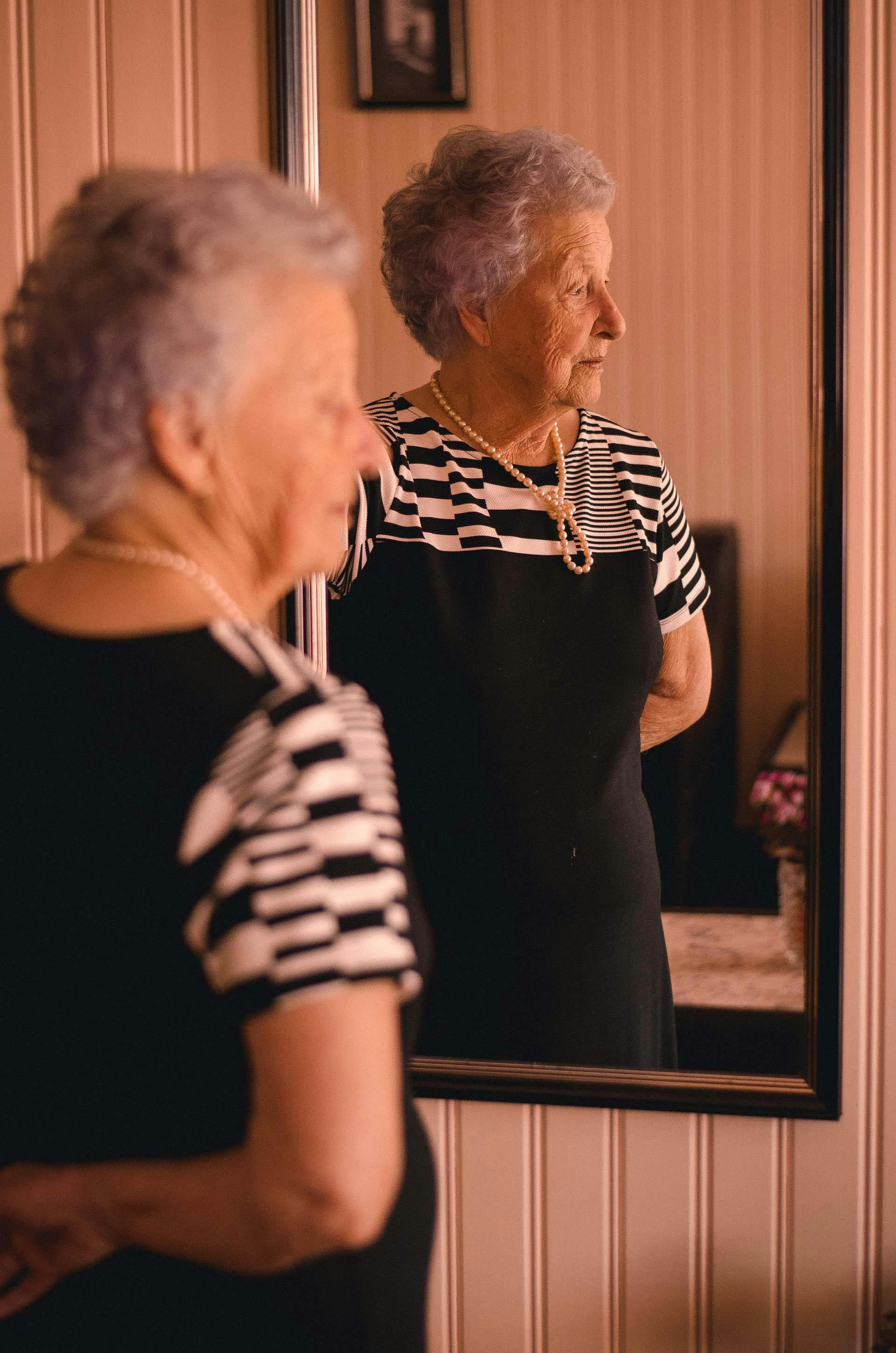
In this article, we will ask questions that you may need to know the answer to if you are interested in learning more about chair alarms for elderly individuals. Keep reading if you want to learn more about chair alarms and whether or not they are something that you want to use to help keep your loved ones or patients safe.
Note: While not all individuals who use chair alarms are patients in a care facility, those who use a bed alarm will be referred to as “patients” throughout this article for simplicity. Any person who watches over someone that uses a chair alarm will be referred to as a “caretaker.”

What is a Chair Alarm?
A chair alarm is a fall prevention product that lets caregivers monitor the movement of their patients who are frequently in a chair, like a wheelchair. They are similar to bed alarms.
A chair alarm (also known as a wheelchair alarm, chair exit alarm, or chair alarm system) is a fall prevention product that is made up of a motion sensor, monitor, and an alarm. Chair alarms give caregivers a way to keep track of the movements of a patient who is sitting in a chair by emitting an audible alarm or notifying a pager when the person sitting in the monitored chair moves.
Chair alarms come in a variety of sizes and brands. Though bed alarms are most commonly used for seniors, they can be helpful for anyone who frequently sits in a chair and is at a high risk of falling, regardless of their age.
The chair alarm itself does not actually prevent the patient from getting out of their chair, but it does sound an alarm whenever the person sitting inside of it makes unusual movement. This alarm lets the patient’s caregiver know that the person in the chair is attempting to get up, thus increasing their chances of taking an unwanted fall. While the goal of a chair alarm is to reduce falls, all it does is alert a caregiver to a patient’s movements. It is ultimately the caregiver’s responsibility to tend to that patient and ensure their safety.
Chair alarms are made up of a combination of a motion sensor pad, chair pad, and alarm. These components work together to monitor the movements of the person who is in the chair, watching specifically for movements and changes in pressure that indicate that the person is about to try to stand up. This usually happens when pressure is removed from the pressure sensor or sensing pad.

How do You Use a Chair Alarm?
To use a chair alarm, carefully place the required sensors in the proper places. Once your patient is sitting in their chair, the alarm will sound whenever the sensor detects unusual movement.
If you are familiar with the way that a bed exit alarm works, then you are more familiar with chair alarms than you may think. The technology and philosophy behind both devices is very similar. To use a chair alarm, you will need to carefully place all sensors in the appropriate places on the chair. Every device that you ever purchase will come with instructions on where those places are for the model that you are using. Be sure to follow those instructions exactly when setting up and using chair alarms for elderly patients.
If the chair you are using a chair alarm on has a lining or cushion that the patient sits on, it is important to put the sensor pad that will go underneath the coverings so that it is on the actual seat of the chair. Be sure to turn the sensor on underneath the weight of these items as it allows the sensor to adjust to the weight of the cushion or covering. Putting the sensor pad on before any regular seat coverings may lead to a false alarm because the device will be confused by the extra weight. It could also lead to the sensor pad thinking that the patient is still sitting in their chair when they have actually gotten up.

Bed alarms typically come with a floor mat that is placed on the side of a bed where the person occupying the bed would put their feet when they attempted to stand up. Not all chair alarms will come with a floor mat. If your patient is in a wheelchair, they will be stationary and may not be near their floor mat when they try to get out of their chair. If you want a chair alarm that comes with a floor mat, be sure to check if the one you are looking at has a floor mat available before making a purchase.
When the motion sensors in the chair alarm notice irregular movement, they will sound an alarm, alerting you to the potential dangerous fall that could happen should the patient manage to get themselves up. That sound is your warning to get to the person’s room as fast as you can to check on them and make sure that everything is okay.
Some bed alarms will let you specify the types of movement that you would like to be alerted to. If you have a patient who frequently shifts or wiggles in their seat, you may get a lot of false alarms if your sensor pad is set up to alert you to all movement. Taking the time to personalize the sensors can save time and energy in the long run.
Where Can You Use a Chair Alarm?
You can place a chair alarm wherever a patient will be sitting.
You can place a chair alarm wherever a patient will be sitting. They are most commonly placed in wheelchairs, recliner chairs, side chairs, dining chairs, toilets, and couches or living room chairs. Just like there are many types of chairs, there are many different types of chair alarms. When you are looking to purchase a chair alarm, make sure you buy a type that will be a good fit for the chair where you want to use it.
One popular type of chair alarm for elderly patients is a magnetic clip alarm. One end of the device goes under the patient’s seat, and the other end clips to their clothing. Should the patient stand up, their end of the device would come away from the magnet on the other end of the device. This separation of the magnets will sound the device’s alarm or send you a notification via pager. This type of chair alarm would be a good fit for any variety of chair, but most especially for a wheelchair or recliner where the patient spends a majority of their time.
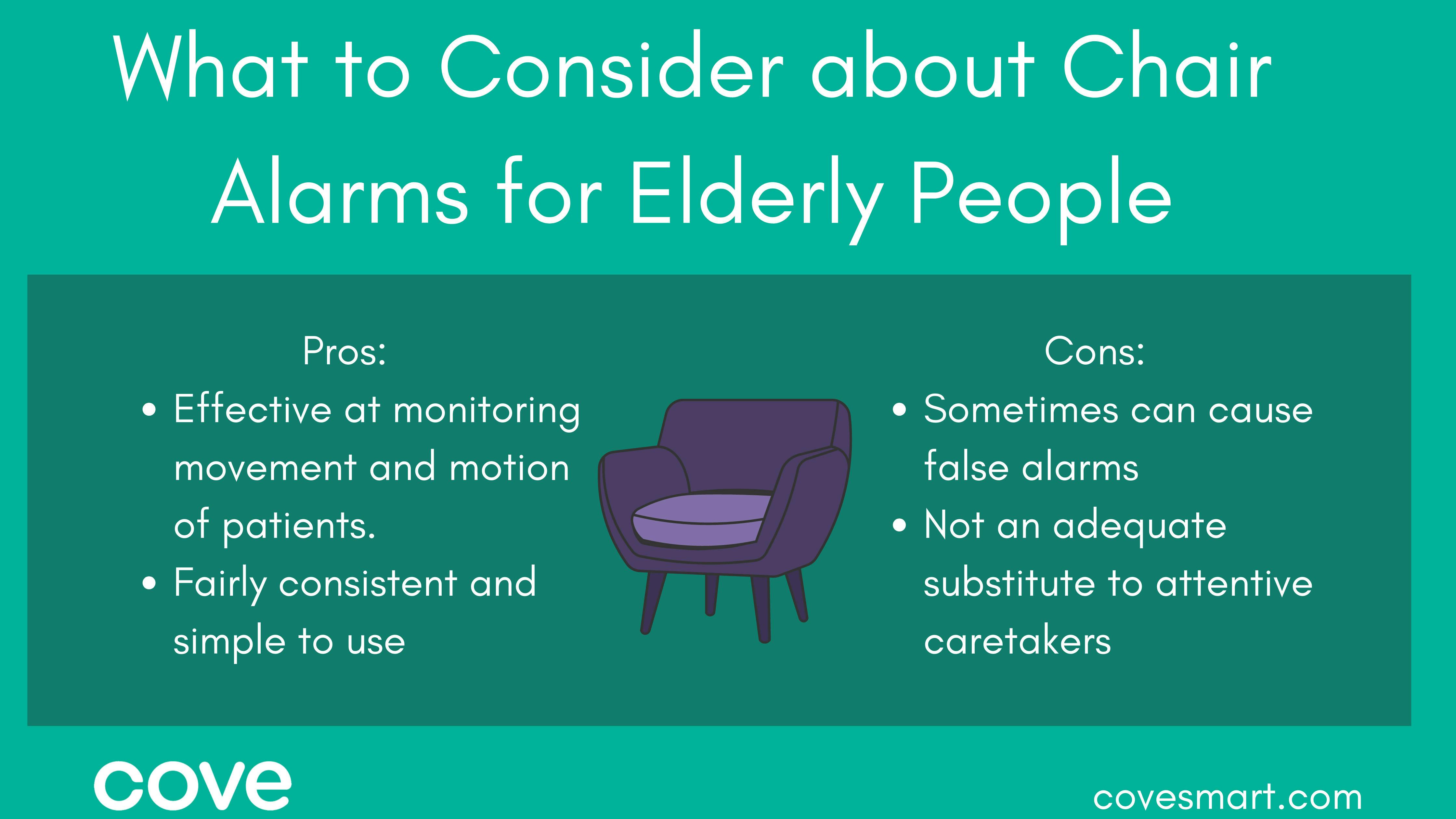
Are Chair Alarms Effective in Reducing or Preventing Falls?
The literature is divided about whether or not chair alarms are effective in reducing or preventing falls. Make sure you do your research if you are considering purchasing and using a chair alarm.
If you perform a quick Google search looking for information about whether or not chair alarms are effective in reducing falls, you will quickly find divided results. Some studies, like the one mentioned in this article, emphatically declare that chair alarms are not the solution to patients taking a tumble. The researchers in this study found that when hospitals and nursing facilities used pressure pad alarms, falls were not eliminated. The staff in the facilities used in the study were split into two groups: those that were educated about chair alarms and encouraged to use them, and those that were not given instructional materials or encouragement to use the devices. Those who were encouraged used the chair alarms more frequently than those staff who were not, but the number of falls were not dramatically different from one group to the next. The study found that this was due in large part to the fact that many pressure or weight alarms frequently sound false alarms when patients shift in their seat. Though it does not recommend chair alarms be used everywhere, the study referenced in the article also does not say that they should never be used.
Another study published stated that while there is potential for chair alarms to be an effective method of fall prevention, they are currently subpar devices. The primary reason researchers in this study found chair alarms to be inadequate? Once again, the answer is that they sound too many false alarms.
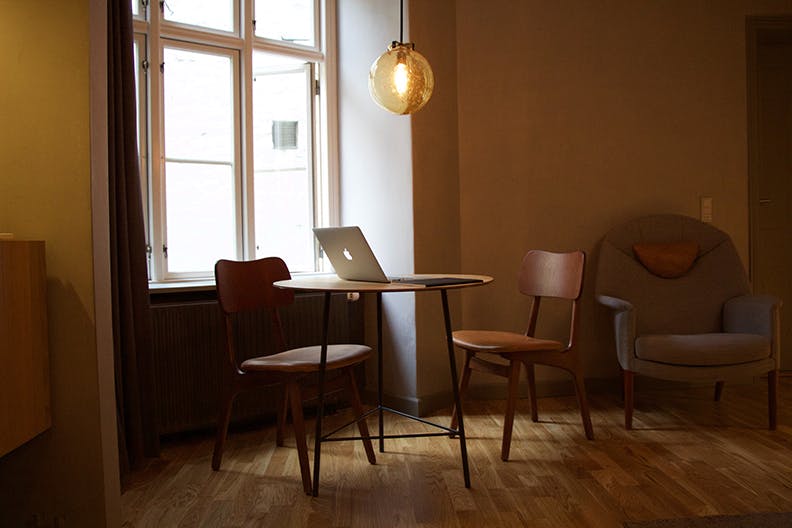
Other studies, like this systematic review that combed through the literature that has been published on the controversial topic of the effectiveness of chair alarms, advocate for their use. While acknowledging that chair alarms can be inconvenient, annoying, and expensive, it also acknowledges that studies have shown these downfalls can be overcome through proper implementation, thorough education, and adequate caregiver monitoring. It even goes as far as to say that using a chair alarm can be “a key intervention in the safety of those residents who are prone to falls.”
Overall, there is a great divide in the consensus of whether or not chair alarms are an effective method of fall prevention. If you are considering using a chair alarm, it is important to learn all that you can so that you can make an educated decision about whether the device will be beneficial for your patient.
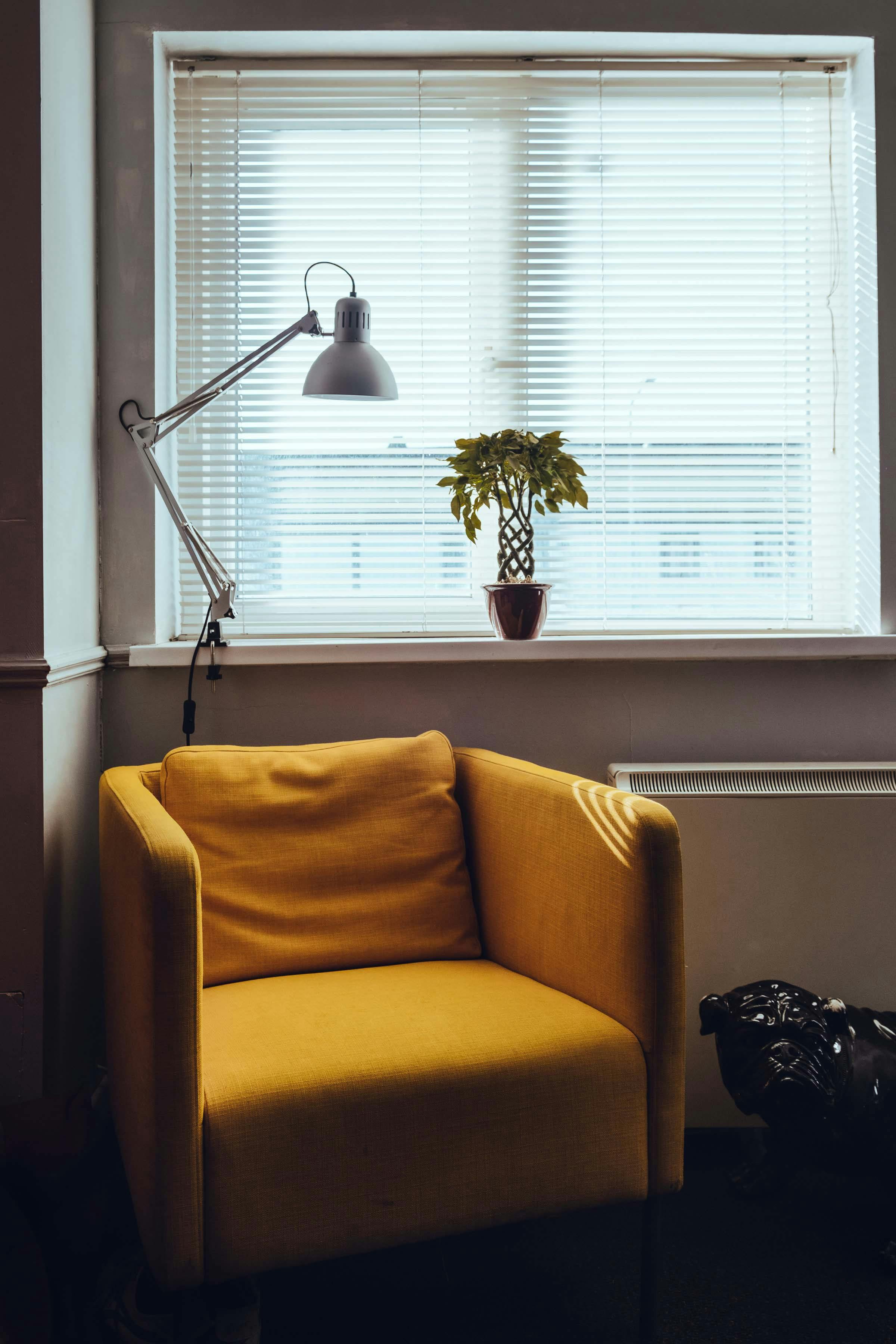
Do Nursing Homes Use Chair Alarms?
While some nursing homes may still use chair alarms, many have phased them out. A lack of chair alarms helps caregivers be more attentive to their patients’ needs.
Movement alarms used to be commonplace in nursing homes and hospitals, but, depending on where you are, you might not find them in nursing homes today. Some nursing homes and hospitals have begun to phase out alert devices (including chair alarms for elderly patients) at their facilities in an attempt to help their staff be more focused on each individual patient. This means less chair alarms inside of nursing homes.
Chair alarms are a widely used method of fall prevention, but some care facilities have found that using devices that watch over patients for the nurses and staff removes some of the responsibility that caregivers feel to give attention to each patient. Chair alarms do reduce the demands on caregivers to constantly watch over their patients. But when there is a device like an alarm monitor in a patient’s bed, caregivers may feel that the device is going to do a lot of the work of monitoring for them. Without chair alarms, caregivers have to better learn their patients’ routines and needs rather than relying on a device to let them know if their patients need assistance.
Technology will never be an adequate substitute for an attentive staff member. By reducing the use of chair alarms, some caregivers feel that they are able to give better attention to the routines and needs of their patients. For this reason, many nursing homes no longer use monitor alarms in their facilities. At the same time, some nursing homes see using an alarm monitor in a favorable light because the monitor reduces the demands on staff members. The decision of whether or not to use a chair alarm system will depend on the individual nursing home or care facility.
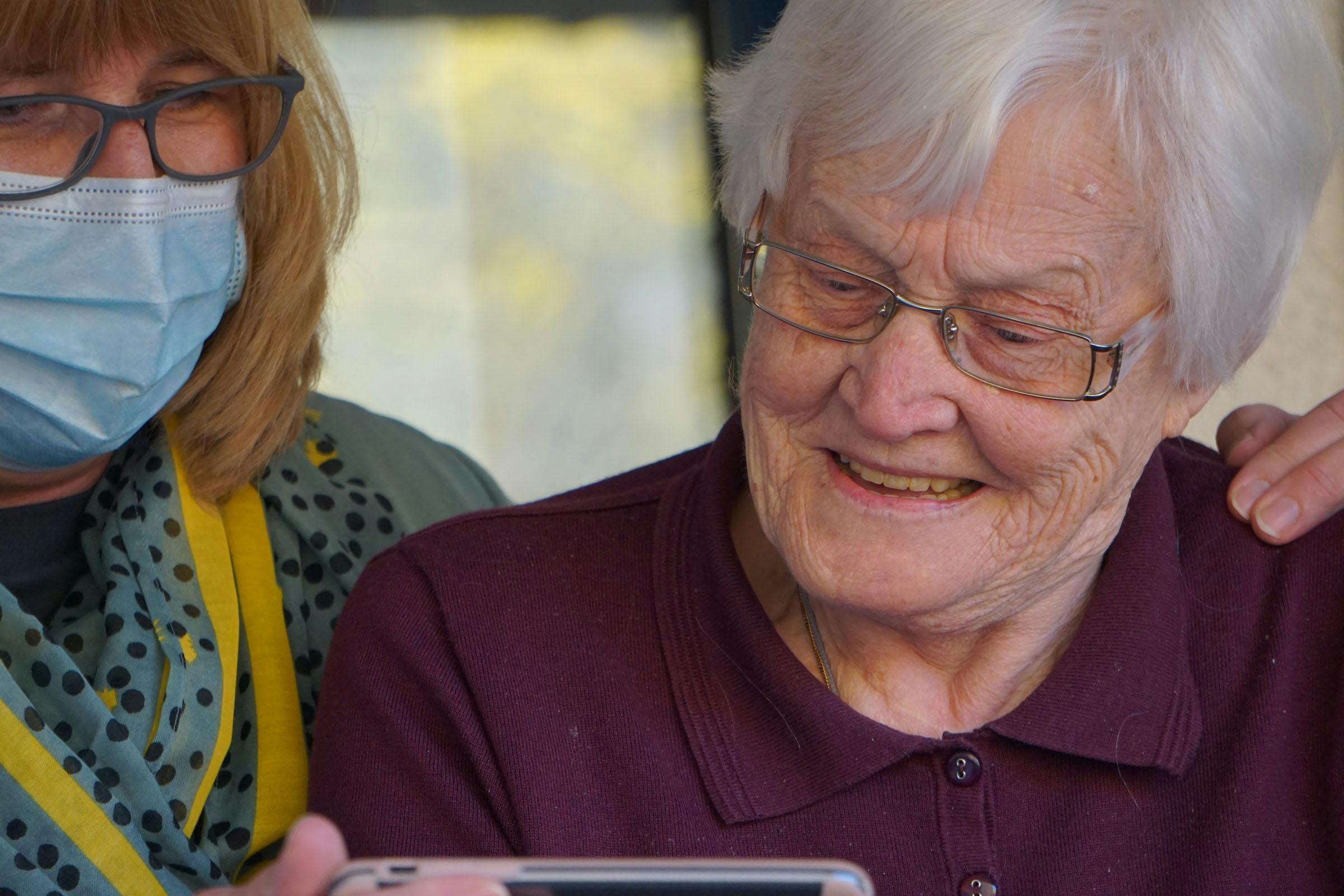
What are Some Other Methods of Fall Prevention?
Balance and strength training, sufficient patient monitoring, environmental adaptations, medication management, and health management are additional methods of fall prevention.
Since chair alarms alone are not enough to eradicate falls, experts have studied other methods of fall prevention. These tactics do not include other forms of technology. Instead, these additional methods involve strength training and environmental adaptation.
Balance and strength training.
If a patient is physically able to participate, physical therapy can be of great help in preventing falls. This prevention strategy equips patients with the skills and strength that they need to transition from being in bed to standing up. Physical therapy can also prevent falls by helping standing patients improve their gait once they are on the move. This training can take place on an individual basis or in a group physical therapy session.
Proper patient monitoring.
Patients who present with a high fall risk must be properly monitored. One of the best ways to prevent falls is to make sure that each patient has what they need and that they are properly watched over. This involves placing proper labels outside of a patient’s door if they are inside of a care facility so that others know the individual needs special care. It also involves placing a medical alert necklace on the patient’s body so that other caregivers know they may need to come to the patient’s aid at a moment’s notice.
Environmental adaptations.
There are many small alterations that can be made to a patient’s environment to help decrease their risk of falling. Though these will likely not eliminate the risk altogether, every step toward a safer environment makes a difference. Environmental adaptations include making sure that any balancing devices (canes, walkers, etc.) are within arm’s reach of the patient’s bed, giving the patient anti-slip shoes and flooring that is not slick, and decreasing clutter or tripping hazards in the patient’s room, especially near the floor surrounding their bed.
Medication management.
Most medications that patients take are essential for their overall health. While changes in medication may not be a feasible option for everyone, some medications cause balance problems and could be the cause of a patient’s fall risk. Reducing the dosage of these medications could reduce falls.
Health management.
As people age, their vision and hearing tend to decline. Eyesight and hearing loss both have a direct effect on balance. If someone cannot see very well, they may have a harder time walking confidently. If someone has a hearing impairment that has led to a balance disorder, they may be more likely to fall. A pair of eyeglasses and a visit from an audiologist could make a world of difference in a patient’s ability to keep their balance.
